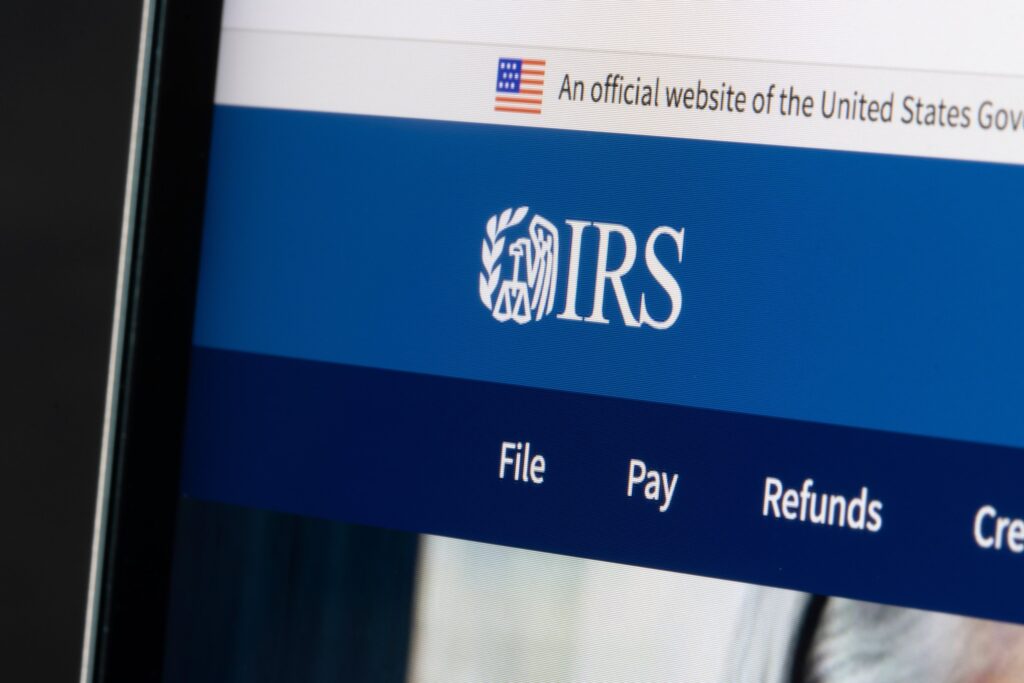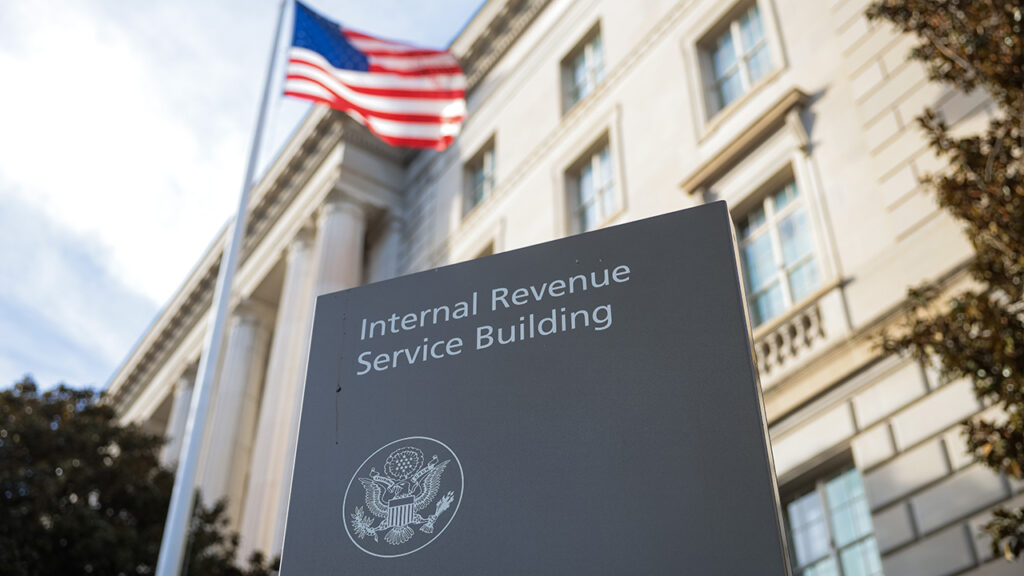As the official U.S. tax season gets underway, the Internal Revenue Service (IRS) has begun processing the influx of tax returns and issuing refunds. However, a significant number of taxpayers are finding themselves under the microscope, facing potential investigations due to specific errors on their filings. These errors primarily revolve around how income data for the 2024 tax year is being reported, raising red flags and triggering in-depth reviews.
Thousands Face IRS Inquiry
The IRS is currently investigating thousands of taxpayers due to discrepancies found in their submitted tax returns. A common trigger for these investigations is the use of rounded or approximate figures when reporting financial information. The IRS generally requires precise amounts on tax forms, rather than estimations rounded to the nearest hundred dollars.
For instance, if a photographer incurred a legitimate business expense of $495.25 for a new lens, they should accurately report the amount as $495. While rounding to the nearest dollar is acceptable in some contexts (like total taxable income on certain forms), consistently rounding individual income or expense items to the nearest hundred, such as reporting $500 instead of $495.25, can raise questions. The IRS may then request further documentation to substantiate the reported amount.
The rationale behind this requirement is straightforward: the IRS aims to ensure the highest possible degree of accuracy in every reported figure, rather than relying on estimations or arbitrary approximations. Precise numbers for crucial details like income and expenses help prevent unnecessary audits and potential delays in processing returns or issuing refunds.

Navigating an IRS Audit Notice
Receiving an audit notice from the IRS can be concerning, but prompt and informed action is crucial. Here are key steps to take if you receive such a notification:
- Carefully Review the Notice: Understand the specific reasons for the audit. The IRS notice will detail the areas of your return under scrutiny.
- Gather Supporting Documentation: Collect and organize all documents that support the information reported on your tax return. This might include receipts, invoices, bank statements, W-2 forms, 1099 forms, and any other relevant financial records.
- Seek Professional Advice: If you feel overwhelmed or unsure how to proceed, consult a Certified Public Accountant (CPA) or an Enrolled Agent (EA). These tax professionals are authorized to represent taxpayers before the IRS and can provide invaluable guidance.
- Respond Promptly: Adhere to the deadlines outlined in the audit notice. Failure to respond in a timely manner can lead to further penalties and complications.
In many cases, providing adequate supporting documentation can resolve the audit without requiring changes to your tax return. Maintaining thorough records and responding promptly are essential for a smoother audit process.
Understanding IRS Audit Timeframes (Statute of Limitations)
Generally, the IRS can audit tax returns filed within the last three years. This is known as the statute of limitations. However, if the IRS identifies a substantial error, such as underreporting income by 25% or more, the audit window can extend to six years. Most routine audits tend to focus on returns filed within the past two years.
It’s important to note that the IRS can request an extension of the statute of limitations if the audit cannot be completed within the standard timeframe. This allows taxpayers additional time to provide documentation or challenge the audit findings. Conversely, taxpayers also have the right to claim a refund within a specific timeframe, typically three years from when the return was filed or two years from when the tax was paid, whichever is later.

Bank Account Deposits and IRS Scrutiny: The $10,000 Threshold
Taxpayers should also be particularly mindful of their bank account deposits. The IRS pays close attention to transactions exceeding certain thresholds, especially cash deposits of more than $10,000. While depositing over $10,000 in cash is not inherently illegal, it triggers a reporting requirement under the Bank Secrecy Act of 1970. This law mandates that banks must report such transactions to the federal government within 24 hours. The primary goal of this regulation is to help prevent financial crimes like money laundering and tax evasion.
When a cash deposit exceeding $10,000 occurs, the bank is required to file a Currency Transaction Report (CTR). This report includes detailed information such as:
- Full Name of the Account Holder(s)
- Registered Address
- Social Security Number (SSN) or Employer Identification Number (EIN)
- Driver’s License Number (if applicable)
- Date, Amount, and Type of Transaction
Furthermore, bank personnel are required to verify the depositor’s identity. While they are not obligated to inform the depositor that a report has been filed with the government, they may inquire about the source of the funds. While answering this question is not legally mandatory, providing honest and transparent information can help avoid unnecessary scrutiny. Suspicious patterns of cash deposits just under the $10,000 threshold (known as “structuring”) are also illegal and can lead to severe penalties.

Staying Vigilant in the Current Tax Landscape
In today’s tax environment, it is more important than ever for taxpayers to remain vigilant, ensure the accuracy of their tax filings, and adhere to all tax regulations. Paying close attention to detail, maintaining thorough records, and understanding the reporting requirements for various financial transactions can help taxpayers avoid unnecessary complications and potential IRS audits. If you have any doubts or complex tax situations, seeking guidance from a qualified tax professional is always a prudent step.
Citation Sources:
- (https://turbotax.intuit.com/tax-tips/tax-deductions-and-credits/7-best-tips-to-lower-your-tax-bill-from-turbotax-tax-experts/L0frRUUVL)
- (https://www.irs.gov/)
- (https://turbotax.intuit.com/tax-tips/)



